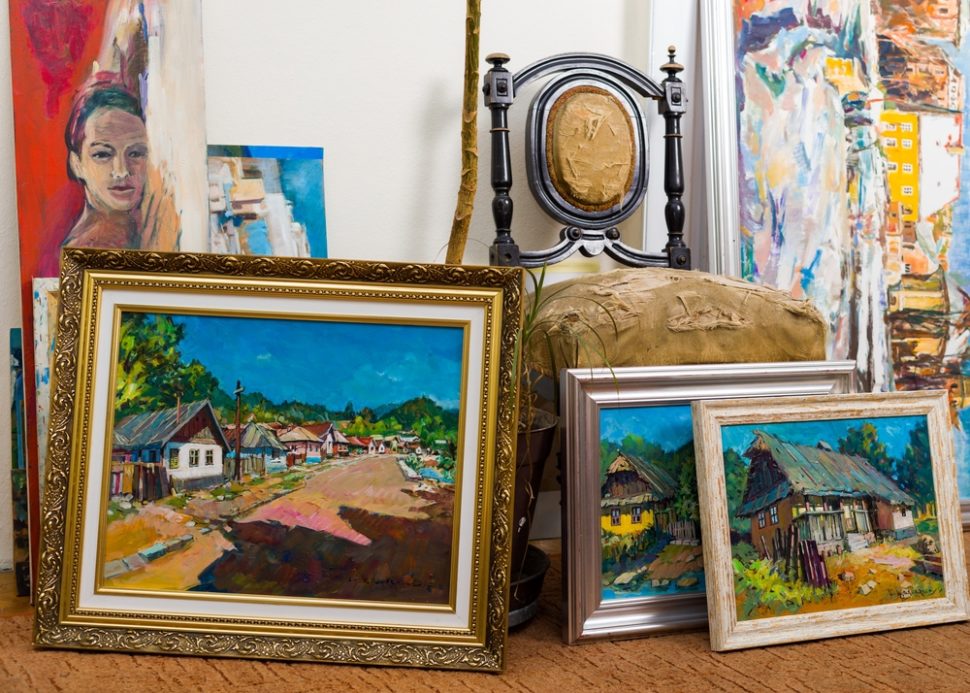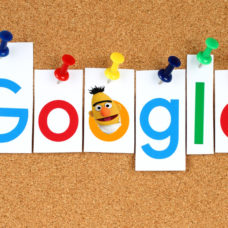Art forgery forensics is a tedious task.
To tell if a painting is fake or real, you must know all the tricks a scammer would use to make the work look authentic. Whether it’s dabbing teabags onto a piece of canvas or spraying nicotine on it to make it look older, a forger’s goal is to make the artwork look as real as possible.
Of course, there are other means of verifying an artwork’s legitimacy. These include microscopy, X-ray fluorescence analysis, and documents of past ownership.
Now, you can add one more to the list – artificial intelligence.
According to a post on IEEE Spectrum, a Massachusetts couple trained a neural network to identify the difference between original oil paintings by Dutch painter Rembrandt Harmenszoon van Rijn and other gifted copycats.
Six hundred and eleven paintings are reportedly attributed to the Dutch painter. However, experts believe that many of these artworks are either imitations, copies, or forgeries.
With this new AI, they could finally separate the fake Rembrandts from the authentic ones.
Neural Network For Artwork
The couple showed hundreds of Rembrandt oil paintings, including well-known fakes, to a convolutional neural network.
To avoid transferring gigabytes of data in a process that could take forever, the researchers did not feed the AI complete scans of the entire paintings. Instead, they divided it into 13,000 smaller tiles before sending it into the system.
The result of the initial test was impressive. IEEE Spectrum reported that the neural network managed to differentiate the fake Rembrandts from the real ones with a 90.4 percent success rate.
However, a zoomed out view of the painting is necessary to increase the efficacy of the neural network.
In an interview with IEEE Spectrum, Steve Frank, who built the AI with his wife Andrea Frank said;
“Our system can enable much higher performance and more accurate classification because instead of looking at this enormous image and dumbing it down to a low-resolution image, it can look at the high-resolution pieces that are medically relevant.”
The AI provides a proof of concept of how to detect original artwork from a sea of copycats. Meanwhile, the couple has no intention of patenting or commercializing their art forgery algorithm.



















Comments (0)
Most Recent